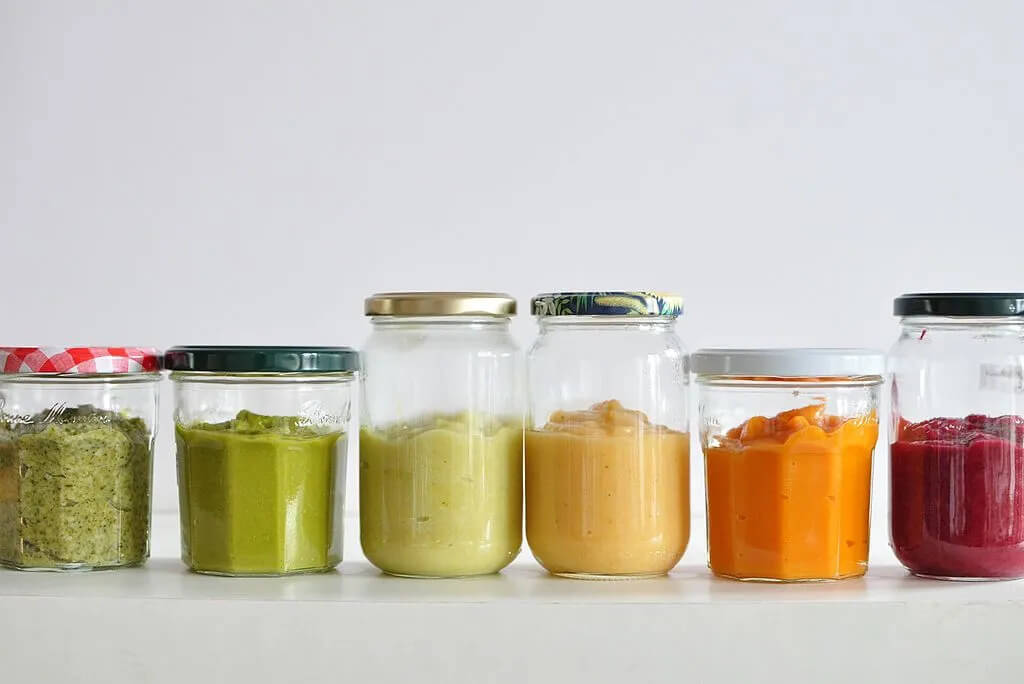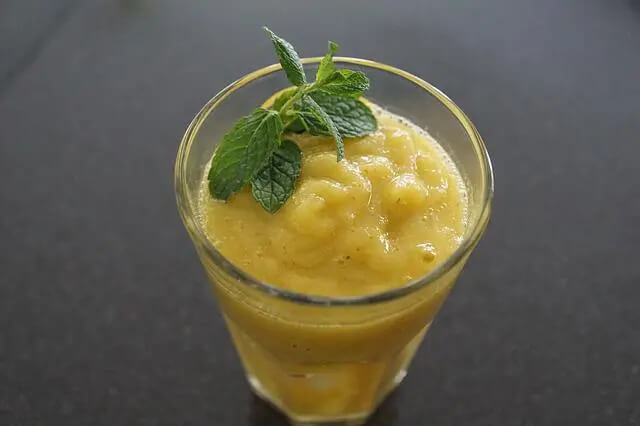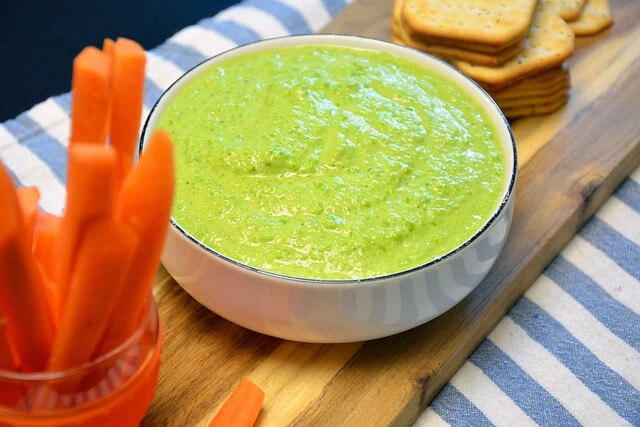Pureed Foods for People With Dementia
People living with Dementia often struggle to swallow regular solid food. This is more likely to occur in the later stages of the condition. Initially, the person begins to avoid certain foods — they previously liked. As the condition progresses even further, a time comes when they stop eating altogether, which results in weight loss and undernutrition. [1]
This is the time when a caregiver begins to wonder if they should serve their loved one (or care recipient) food with a softer texture.
It is always good to have a conversation with the care recipient about their food preferences, but don’t be surprised if they are reluctant to eat baby food. I mean who wants to eat bland-tasting soft and mushy food?
Fortunately, there are ways to make pureed food taste better. You can add butter or some spices (pepper, cinnamon, mustard, oregano, etc) for taste. Add a spoonful of fresh lemon juice, if you wish to add a pungent or tart flavor to the pureed food.
In this article, I will discuss pureed foods for people with dementia, how to puree food at home, how to serve them, some recipes, and much more.
How to puree food at home?

Depending on the time of the day, you can make a smoothie puree or a soup puree. Most seniors prefer to drink a fruit/vegetable smoothie puree first thing in the morning. A soup puree— which takes relatively more time to prepare— can be a great alternative to lunch or dinner.
To make puree at home you need a juice blender and a stove. You can pick fruits and vegetables based on the care recipient’s personal preference— or the general healthy ones. Apart from this, you will also need salt, spices, butter, cream, and vinegar.
How to make a smoothie puree?

To make a smoothie puree you need to perform the following steps:
Step 1:
The first thing you need to do is choose a fruit or combination of fruits for the smoothie puree. You can also go for berries.
Apples, Oranges, Bananas, Kiwis, Mangoes, Cantaloupe, and Peaches are some of the ideal fruits for a smoothie puree.
If the care recipient likes berries, you can go for Blackberries, Blueberries, Strawberries, Acai berries, Cranberries, Goji berries, etc.
You can go for the fresh fruits or the frozen ones, both forms are suitable for a smoothie puree.
Step 2:
Cut the selected fruit/fruits into pieces, chop them up and add them to the blender.
Step 3:
Before you turn on the blender, add some milk or water to the mixture. You can also add some protein powder or any other nutritional supplement to the mixture. Furthermore, a spoonful of honey can add some sweetness to the smoothie puree.
Step 4:
That’s it. Put on the lid and turn off the blender. Blend for a couple of minutes and your smoothie puree if ready.
Some folks with Dementia can drink the beverage in a regular cup or a glass. But if you can always serve the smoothie puree in a sippy cup designed especially for someone with cognitive impairment.
How to make a soup puree?

To make a soup puree you need to perform the following steps:
Step 1:
To make a nutritious soup puree, you need an assortment of the finest vegetables. Namely, Green Peas, Sweet potatoes, Carrots, Beetroot, Onion, Pumpkin, French beans, Parsnips, Avocados, Cauliflower, etc are some of the vegetables you can pick from the nearest Whole Foods store.
Step 2:
Once you have the vegetables ready, wash them with tap water until they are clean. Next, cut them into small pieces and put them in a beaker.
Step 3:
Add some tap water to the beaker and get the vegetables to boil for about 30 minutes.
Step 4:
Do not let the soup cool down. Immediately, add the vegetable soup to the blender (along with the water).
Add some butter to the soap.
Next, you can add a pinch of salt and spices.
Let it cook on a low flame for about 30 minutes.
Step 5:
Once the vegetables are cooked well, begin adding them (along with the broth) to the blending vessel.
Here’s a side note: You can add all vegetables at once, or save some for later. You can store the remaining cooked vegetables in the refrigerator. They can last up to 7 days when placed in the refrigerator.
Step 6:
At this point, you can add some honey, butter, or spice to the mixture.
Next, turn on the blender, and let it run for about a minute. Your soup puree is ready to serve.
Summary
You can puree a variety of food items, even the finger foods that you have every day for breakfast. In addition to fruits and vegetables, you can puree cooked pasta, rice, meats, fish, and chicken. Food items such as rice, yogurt, cottage cheese, and ice cream can also be mashed.
Having said that, you want to make sure that the food item does not have a tough, flexible texture. Do not puree if you have pasta or chicken with a rubbery texture. Foods with a rubbery texture do not blend well and are hard to chew.
Finally, you can serve pureed food in a bowl, or a plate with dividers. Pureed food can be eaten with a spoon, fork, or an ice cream scoop. And research says that someone with Dementia is more likely to finish food when served in Blue, Yellow, or Red kitchenware.
Thank you for reading this article. Comment below and let me know if I missed out on any of the pureed foods for people with Dementia.
